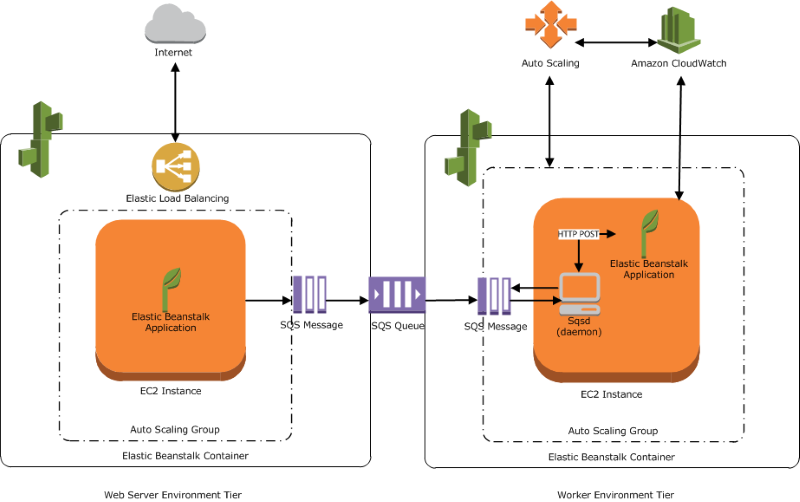Introduction:
In the digital age, technology has transformed the way we work, communicate, and store data. Cloud computing, a revolutionary concept, has played a pivotal role in reshaping the IT landscape. From businesses to individuals, the adoption of cloud computing has become essential for efficient data management, scalability, and cost-effectiveness. In this blog, we’ll delve into the world of cloud computing, exploring its definition, models, benefits, and potential drawbacks.
Defining Cloud Computing:
At its core, cloud computing refers to the delivery of various services—such as storage, processing power, and applications—over the internet. Rather than relying solely on local resources, cloud computing enables users to access and use these services remotely through a network of interconnected servers.
Cloud Models: IaaS, PaaS, SaaS
Cloud computing is often categorized into three primary service models:
Infrastructure as a Service (IaaS): IaaS provides virtualized computing resources over the internet. Users can rent virtual machines, storage, and networking components to build and manage their IT infrastructure without the need for physical hardware. Examples include Amazon Web Services (AWS) and Microsoft Azure.
Platform as a Service (PaaS): PaaS offers a platform that allows developers to build, deploy, and manage applications without worrying about the underlying infrastructure. It provides tools, middleware, and development environments. Google App Engine and Microsoft Azure App Service are popular PaaS offerings.
Software as a Service (SaaS): SaaS delivers software applications over the internet on a subscription basis. Users can access these applications without having to install or maintain them locally. Examples include Google Workspace (formerly G Suite), Microsoft 365, and Salesforce.
Benefits of Cloud Computing:
Cloud computing offers a multitude of benefits for businesses, individuals, and even governments:
Scalability: Cloud resources can be easily scaled up or down according to demand, allowing organizations to accommodate fluctuating workloads without upfront investments.
Cost Efficiency: With cloud computing, businesses can avoid the high costs of purchasing and maintaining physical hardware. They only pay for the resources they use, transforming capital expenses into operational expenses.
Global Accessibility: Cloud services can be accessed from anywhere with an internet connection, enabling remote work and collaboration.
Resource Utilization: Cloud environments allow for efficient resource utilization, minimizing wastage and promoting sustainability.
Rapid Deployment: Cloud-based applications and services can be deployed quickly, reducing time-to-market for new products and features.
Automatic Updates: SaaS applications receive regular updates and security patches without requiring user intervention.
Drawbacks and Considerations:
While cloud computing offers numerous advantages, it’s important to consider potential drawbacks:
Security Concerns: Storing data on remote servers raises security concerns, as organizations need to trust their cloud providers to safeguard sensitive information.
Internet Dependency: Cloud services are reliant on internet connectivity. Downtime or slow internet speeds can impact accessibility and productivity.
Data Transfer Costs: Transferring large volumes of data to and from the cloud can incur additional costs, especially if bandwidth limitations are reached.
Vendor Lock-In: Migrating from one cloud provider to another can be challenging due to differences in platforms and technologies.
Conclusion:
In the realm of technology, cloud computing has become a driving force behind innovation, efficiency, and digital transformation. Its flexible service models, scalability, and cost-effectiveness have made it a fundamental aspect of modern business operations. As organizations continue to embrace cloud computing, it’s crucial to weigh its benefits against potential drawbacks and choose the right cloud strategy to meet their specific needs.



